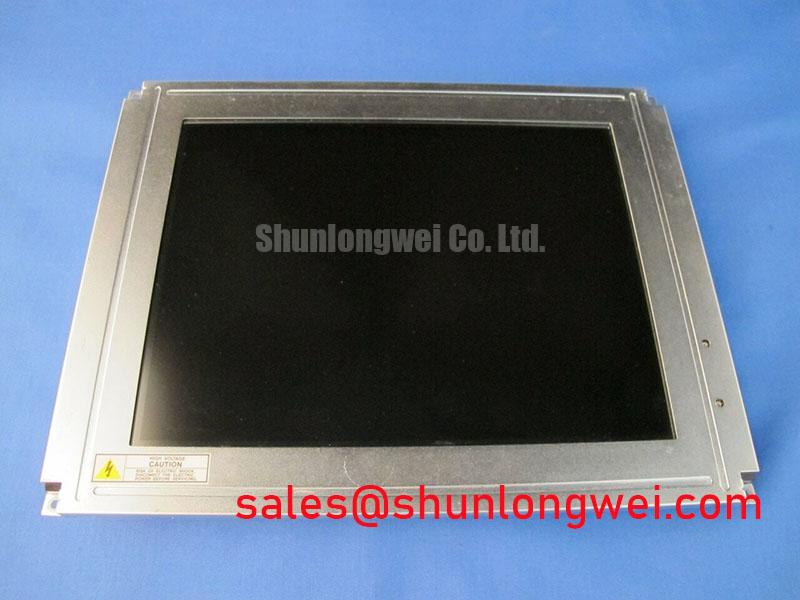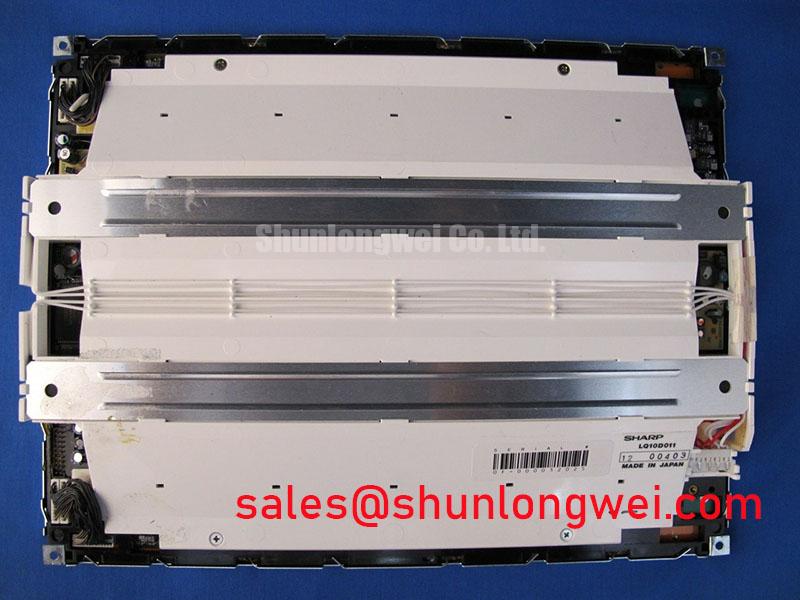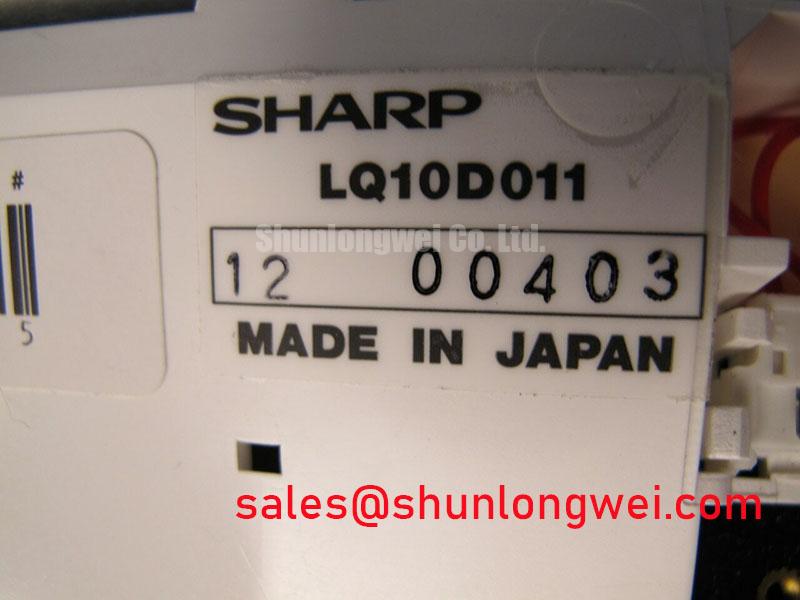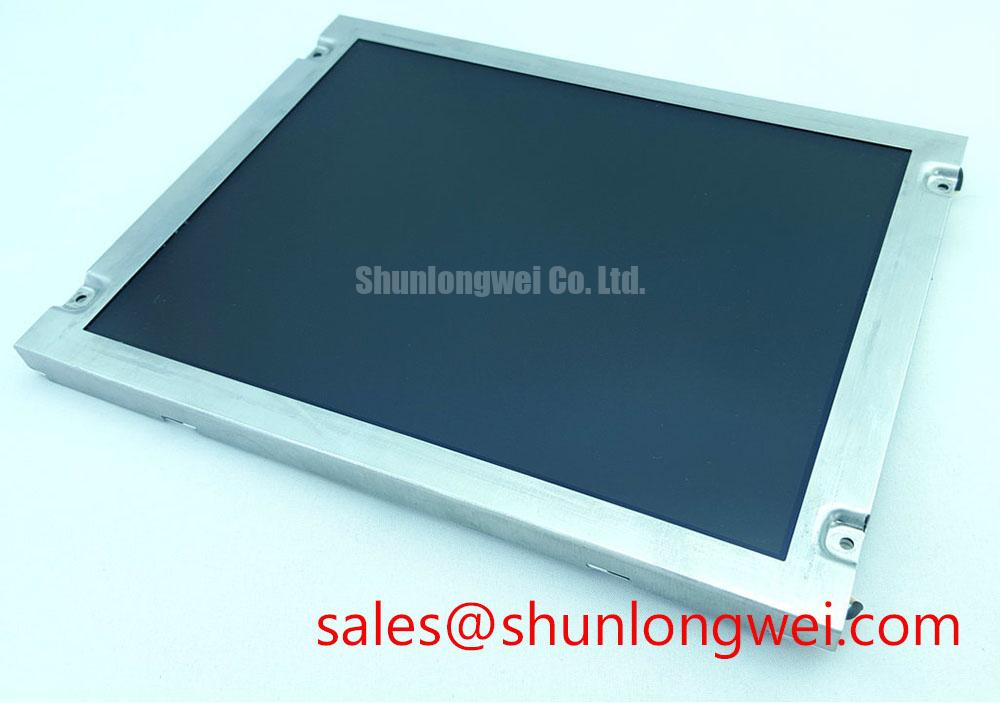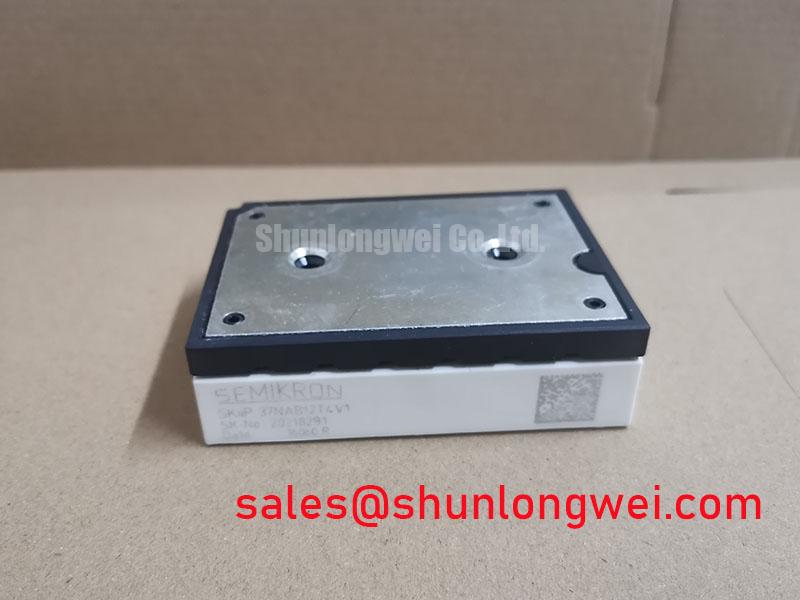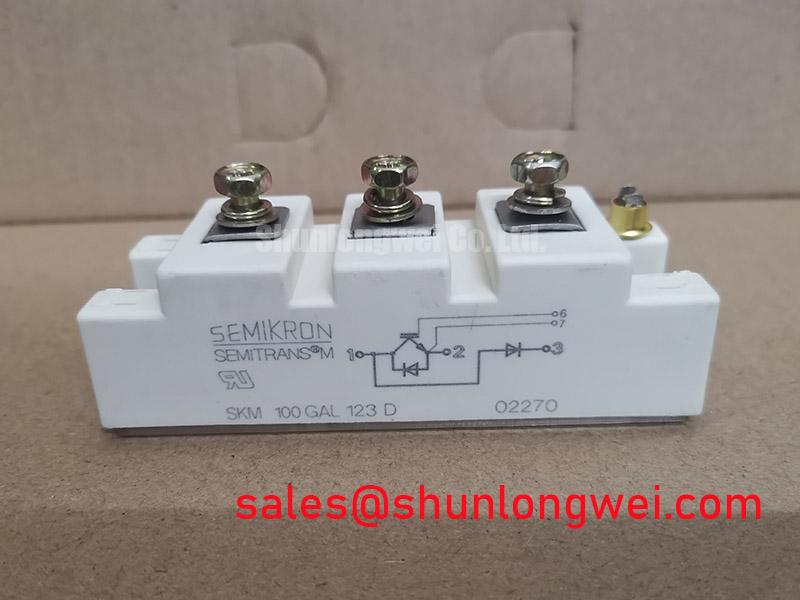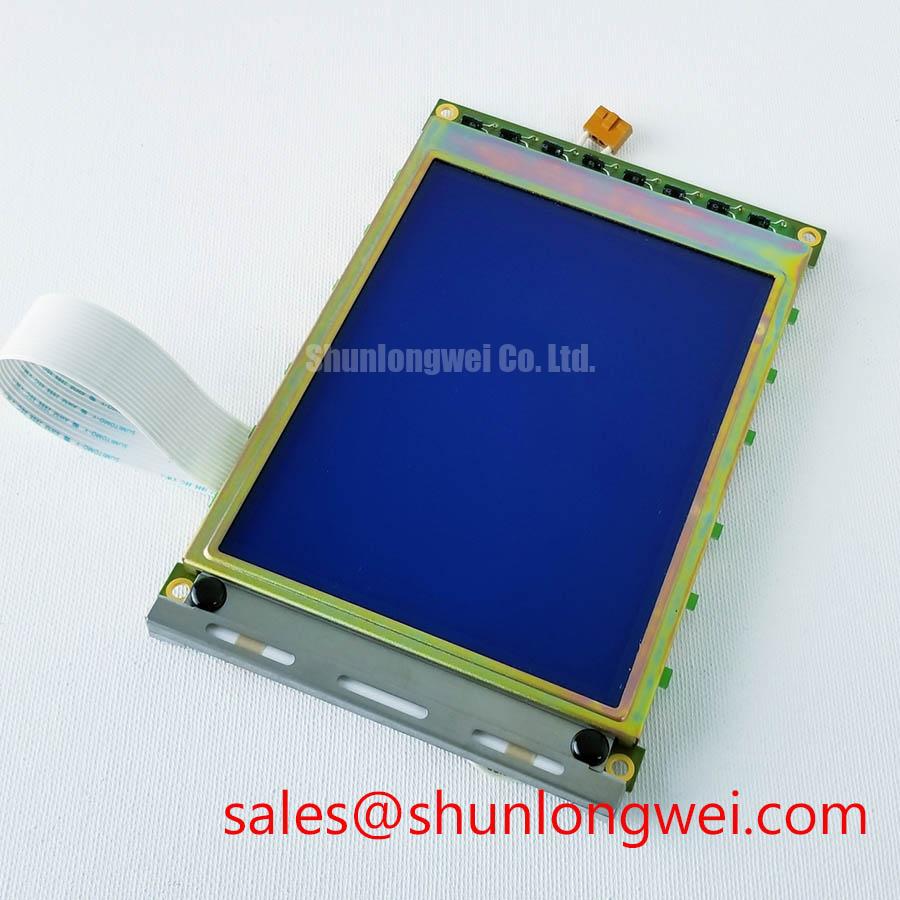Content last revised on October 2, 2025.
LQ10D011 | Sharp 10.4" 640x480 a-Si TFT-LCD Display
The Sharp LQ10D011 is a robust 10.4-inch VGA display engineered for seamless integration and life-cycle extension of established industrial control systems. Featuring a 640x480 VGA resolution, 150 cd/m² brightness, and a classic parallel RGB interface, it provides a direct-drive solution for systems built around a parallel data bus, simplifying hardware retrofits. Key benefits include direct legacy system compatibility and proven reliability for industrial HMIs. For maintaining or retrofitting industrial HMIs requiring a 10.4" VGA panel, the LQ10D011 offers a proven and compatible solution.
Application Scenarios & Value
System Integration & Lifecycle Extension in Industrial HMIs
The primary value of the Sharp LQ10D011 lies in its application within existing industrial infrastructure. Consider an engineering team tasked with maintaining a fleet of 15-year-old CNC machines. The original HMI panel is failing, and its controller board is designed to output a 6-bit parallel RGB signal. Replacing it with a modern display would necessitate a costly and time-consuming redesign of the controller and its software. The LQ10D011, with its native VGA resolution and parallel interface, presents a direct, electrically compatible solution. This minimizes machine downtime, preserves the investment in the original control system, and significantly reduces the engineering effort required for validation and deployment. What is the primary benefit of its parallel interface? Direct compatibility with legacy industrial controllers. While the LQ10D011 is optimized for VGA systems, for applications requiring a higher 800x600 resolution in the same form factor, the related G104SN03 V5 presents an alternative upgrade path.
Key Parameter Overview
Decoding Key Specifications for Legacy System Compatibility
The technical specifications of the LQ10D011 are tailored for performance in established industrial environments. Its parameters ensure that it can be integrated into systems designed with classic display driving technologies, offering a dependable path for repair and maintenance without extensive system modification. The contrast ratio of 250:1 is well-suited for displaying clear text, numerical readouts, and basic schematics in typical indoor factory lighting, ensuring operator readability.
| Feature | Specification |
|---|---|
| Display Characteristics | |
| Panel Size | 10.4 inch |
| Resolution | 640(RGB)×480 [VGA] |
| Technology | a-Si TFT-LCD |
| Luminance | 150 cd/m² (Typ.) |
| Contrast Ratio | 250:1 (Typ.) |
| Interface & Electrical | |
| Signal Interface | Parallel RGB (1 ch, 6-bit) |
| Backlight | 1 pc CCFL |
| Mechanical & Environmental | |
| Outline Dimensions | 246.5(W) × 179.4(H) × 11(D) mm |
| Operating Temperature | 0 ~ 55 °C |
Technical Deep Dive
A Closer Look at the Parallel RGB Interface and CCFL Backlight System
The LQ10D011 utilizes a 6-bit parallel RGB interface, a foundational technology in display engineering. This interface transmits color data for each pixel directly over 18 data lines (6 for red, 6 for green, 6 for blue) along with synchronization signals like Hsync, Vsync, and a pixel clock. Driving a parallel RGB interface is like conducting an orchestra where each data pin must play its note at the precise moment dictated by the pixel clock. While requiring a higher pin count and careful PCB layout to manage signal integrity, this approach eliminates the need for serialization/deserialization (SerDes) hardware, allowing for a direct connection to FPGAs or older microcontrollers with dedicated TFT controllers. What is the advantage of a CCFL backlight in this context? It ensures compatibility for direct replacement in systems originally designed for CCFL technology.
Its CCFL (Cold Cathode Fluorescent Lamp) backlight requires an external high-voltage inverter to operate, a standard component in the design era this display originates from. This is a critical consideration for system integration, as the inverter's specifications must match the lamp's requirements. Engineers working with the LQ10D011 are leveraging a mature and well-documented technology, making performance predictable for long-term industrial use. For more background, understanding TFT-LCD technology provides essential context.
Application Vignette
Scenario Analysis: Retrofitting a CNC Machine Control Panel
Deepening the analysis of a CNC machine retrofit, the engineering challenge is to restore HMI functionality with minimal system alteration. The machine's controller board, designed in the early 2000s, lacks an LVDS or eDP port; its sole video output is a parallel RGB connector. Introducing a modern display would require an adapter board to convert the parallel signals, which adds complexity, a potential point of failure, and the risk of introducing signal timing errors. Furthermore, the existing power rail is configured to supply a CCFL inverter.
The LQ10D011 provides a one-to-one solution. Its parallel interface connects directly to the controller's video output. The existing CCFL inverter can be reused or replaced with a compatible modern equivalent. The system-level benefit is profound: the repair is completed in hours instead of weeks, system integrity is maintained, and the high cost of re-engineering and re-validating the entire control unit is avoided. This makes the LQ10D011 a strategic component for MRO (Maintenance, Repair, and Overhaul) operations and for extending the service life of valuable capital equipment.
Frequently Asked Questions
Engineering Questions on Integration and Performance
What are the design considerations for the CCFL backlight on the LQ10D011?
The primary consideration is the need for an external high-voltage inverter matched to the lamp's specifications. The design must account for the inverter's physical placement, power supply, and control signal (typically for brightness adjustment). Additionally, CCFLs have a warm-up time to reach full brightness and their lifespan is typically rated in tens of thousands of hours, after which luminance will decrease.
Is the 6-bit parallel RGB interface compatible with modern microcontrollers?
Yes, but with caveats. Compatibility depends on the microcontroller having a sufficient number of available GPIO pins (at least 21 for data and control) and the processing power to manage the high-speed data transfer required by the pixel clock. Many modern MCUs, especially those designed for embedded graphics, feature a dedicated parallel display peripheral (like an LCD-TFT controller) that simplifies this task significantly. For MCUs without this peripheral, an FPGA is often used to manage the precise timing required.
Can the LQ10D011 be used as a direct replacement for other 10.4" VGA panels?
It is a strong candidate, but a "direct" replacement requires verification of three key aspects. First, confirm that the mechanical dimensions and mounting points are identical. Second, verify that the pinout of the data connector is a match. Third, ensure the specifications of the existing CCFL inverter are compatible with the LQ10D011's backlight. A thorough review of both datasheets is essential before integration.

